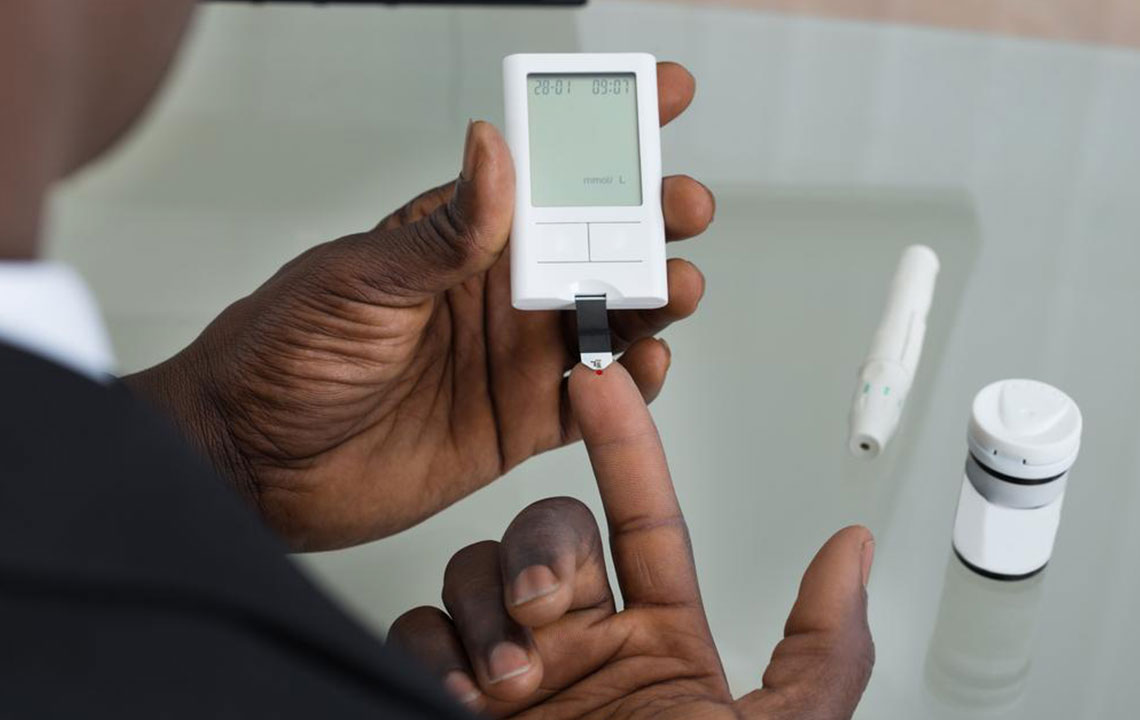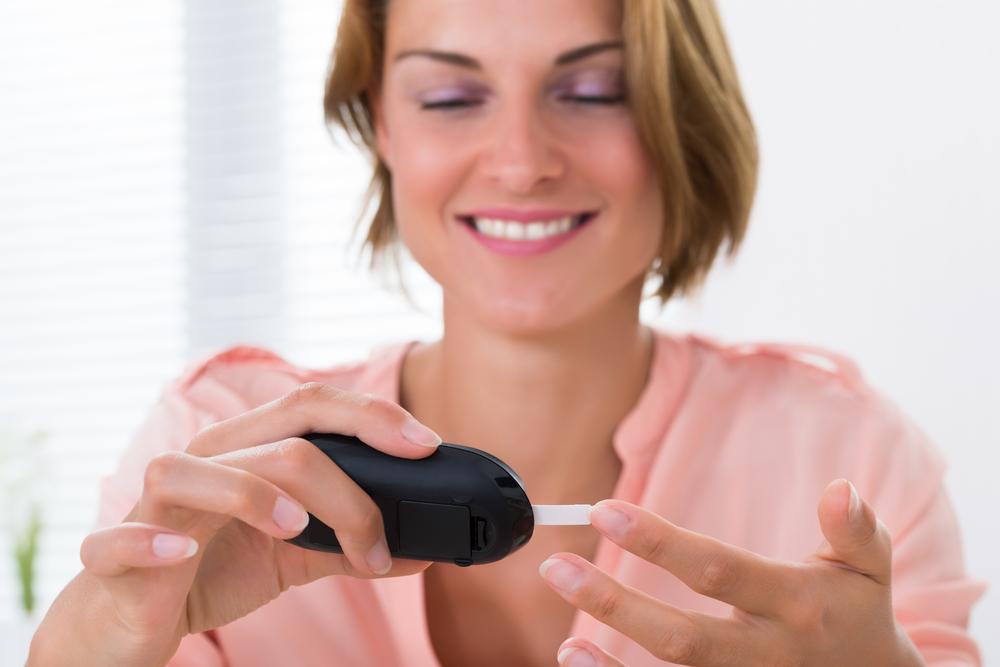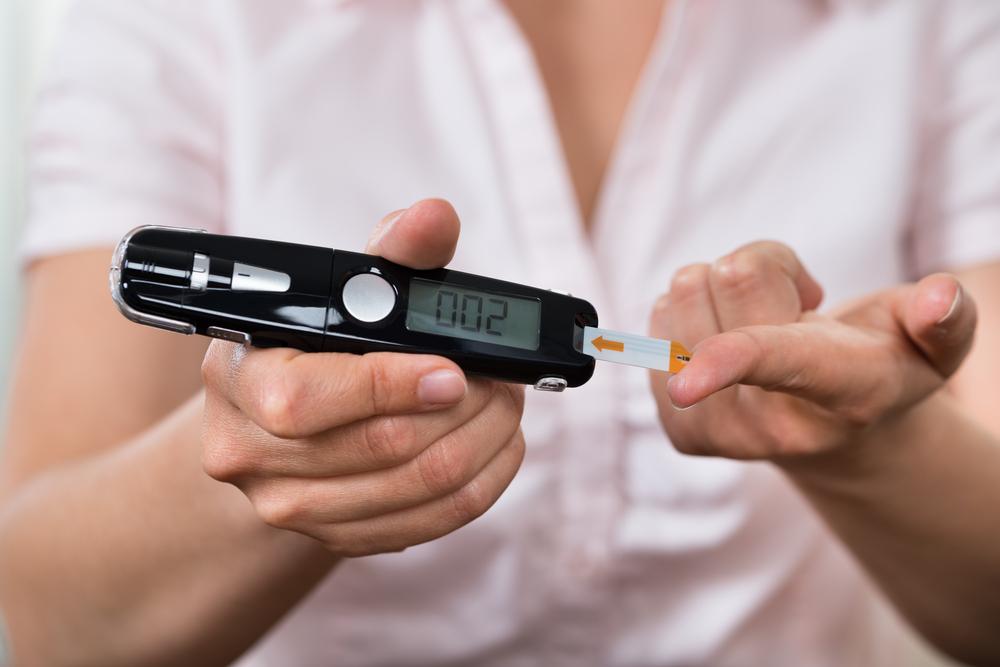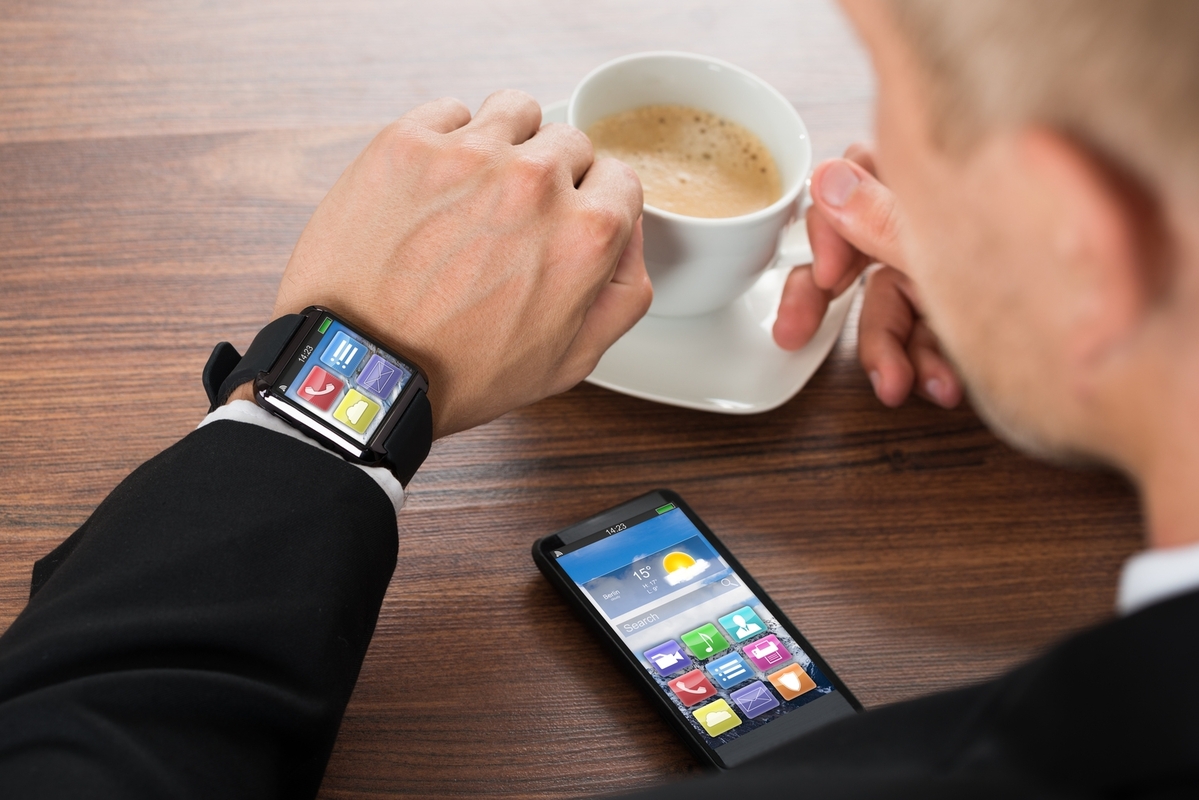Revolutionizing Diabetes Management with Non-Invasive Glucose Monitoring Technologies
This article explores revolutionary non-invasive glucose monitoring devices, including their types, benefits, innovations, and challenges. It highlights how these technologies are transforming diabetes management by providing painless, continuous, and real-time blood sugar tracking solutions. With insights into optical and electrical sensors, wearable devices, and future developments, the piece emphasizes improved quality of life and the potential for more accessible diabetes care worldwide.
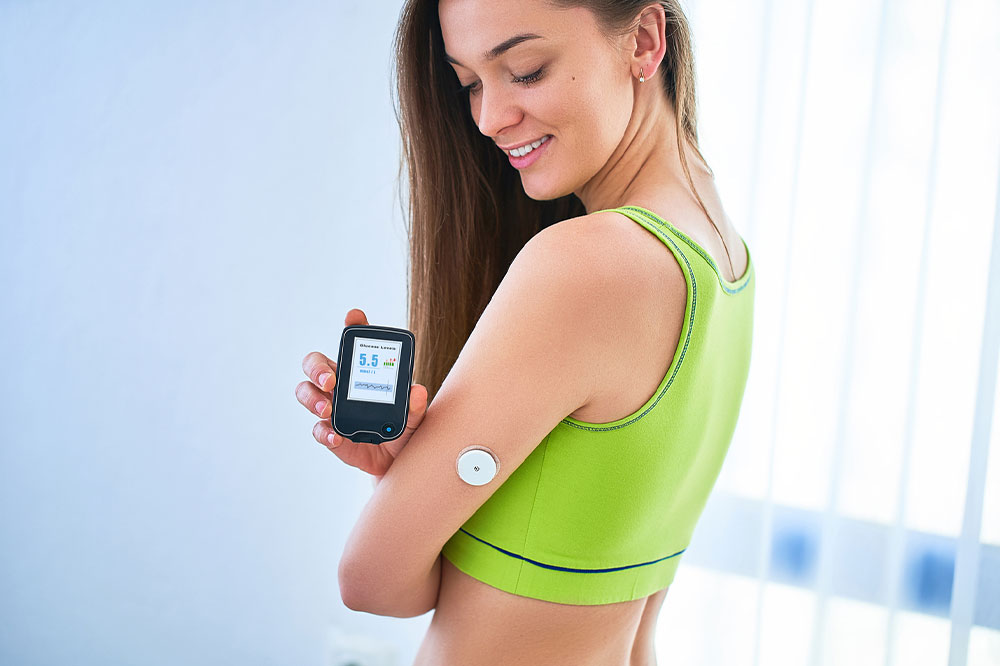
Revolutionizing Diabetes Management with Non-Invasive Glucose Monitoring Technologies
Managing diabetes effectively requires consistent monitoring of blood glucose levels, a process traditionally reliant on invasive finger prick tests. While accurate, these methods can be uncomfortable and inconvenient, leading to reduced compliance and added burden for patients. Fortunately, recent technological advancements have paved the way for non-invasive glucose monitoring devices, transforming diabetes care by offering painless, easy-to-use, and continuous monitoring options. These innovations are reshaping the landscape of diabetes management, making control of blood sugar levels more accessible and less burdensome for millions worldwide.
Understanding Non-Invasive Glucose Monitoring
Effective diabetes management hinges on regular blood glucose testing. The traditional approach involves pricking the finger to draw blood, which can cause discomfort, skin irritation, and sometimes lead to poor compliance among patients. Recognizing these challenges, researchers and healthcare device manufacturers have been developing alternative technologies that eliminate the need for blood samples. These non-invasive approaches leverage sophisticated sensors and detection methods to estimate glucose levels without piercing the skin, significantly improving patient comfort and adherence to testing regimens.
Various technological principles underpin these innovative devices, including electrical impedance, optical sensing, and chemical analysis. Electrical techniques analyze changes in tissue impedance or electrical signals to infer glucose concentrations, utilizing advanced methods like impedance plethysmography, microwave sensing, and bioimpedance spectroscopy. On the other hand, optical sensors employ light reflection, absorption, and scattering to gauge glucose levels in tissues without destroying the skin. Wearable devices such as smartwatches, wristbands, and patches enable continuous and non-invasive blood glucose monitoring, seamlessly integrating into users' daily routines.
Continuous Glucose Monitoring (CGM) Advancements
Among the most transformative innovations in non-invasive monitoring are continuous glucose monitoring (CGM) systems. These devices incorporate tiny sensors embedded under the skin, which continuously analyze interstitial fluid to provide real-time glucose data. Users benefit from trend analysis, predictive alerts, and remote monitoring capabilities via smartphones or dedicated devices. CGM systems have revolutionized diabetes management, enabling more timely and informed decisions regarding diet, medication, and lifestyle. Their real-time insights help prevent dangerous hypoglycemic or hyperglycemic episodes, improving overall health outcomes and quality of life.
Sweat and Breath-Based Glucose Sensing Technologies
Emerging research focuses on non-invasive methods that analyze bodily fluids like sweat or exhaled air to estimate blood glucose. These techniques detect specific volatile organic compounds (VOCs) or chemical markers linked to glucose metabolism. Sweating and breath analysis offer the potential for quick, comfortable, and continuous monitoring, especially suitable for wearable devices. Researchers are exploring sensors capable of detecting subtle changes in sweat composition or breath VOCs, aiming to develop practical tools for daily use. Such innovations could revolutionize how people with diabetes monitor their condition without feeling the burden of traditional testing methods.
Future Prospects and Technological Innovations
The future of non-invasive glucose monitoring lies in enhancing the precision, reliability, and user experience of these devices. Cutting-edge techniques such as surface-enhanced Raman spectroscopy, nanomaterial-based sensors, and AI-driven data analytics are being integrated into next-generation devices. These advancements aim to improve measurement accuracy, reduce environmental interference, and provide real-time feedback through smartphones or dedicated apps. Research is also exploring the integration of machine learning algorithms to refine predictive analytics, thus offering more tailored and proactive diabetes management strategies. As these technologies mature, we can expect more affordable, portable, and user-friendly solutions that extend beyond clinical settings, allowing users to manage their condition more effectively in everyday life.
Advantages of Non-Invasive Glucose Monitoring Devices
**Pain-Free Testing:** Eliminates the discomfort associated with traditional finger pricking, making frequent testing more acceptable and less painful.
**User-Friendly and Convenient:** Many devices are designed as wearables or handheld units, simplifying daily use and encouraging consistent monitoring.
**Real-Time and Continuous Data:** Provides ongoing insights into blood glucose trends, facilitating timely interventions and better control of diabetes.
**Reduced Infection Risks:** Minimizes skin trauma and lowers the chance of infections linked to frequent skin punctures.
**Improved Quality of Life:** Supports better disease management, reducing anxiety and enhancing overall well-being for users.
Limitations and Challenges
**Accuracy and Calibration Issues:** Some non-invasive devices may face challenges in providing precise readings, necessitating regular calibration and validation.
**High Initial Costs:** Cutting-edge technology often involves significant investment, potentially limiting accessibility for some users.
**Environmental and Biological Interference:** External factors such as skin condition, hydration levels, or sweat composition can influence measurement accuracy.
**Technical and Maintenance Needs:** Users may need to follow specific setup procedures or perform maintenance to ensure optimal functioning of the devices.
Conclusion
The advent of non-invasive blood glucose monitoring devices marks a pivotal shift in diabetes management. By eliminating the discomfort and inconvenience of traditional testing methods, these technologies promise to improve user compliance, provide continuous monitoring, and ultimately empower individuals to take better control of their health. As research and development continue to advance, future devices are expected to be more accurate, affordable, and integrated with digital health ecosystems. This evolution will likely lead to broader adoption and improved outcomes for people living with diabetes worldwide, significantly enhancing their quality of life and overall well-being.
